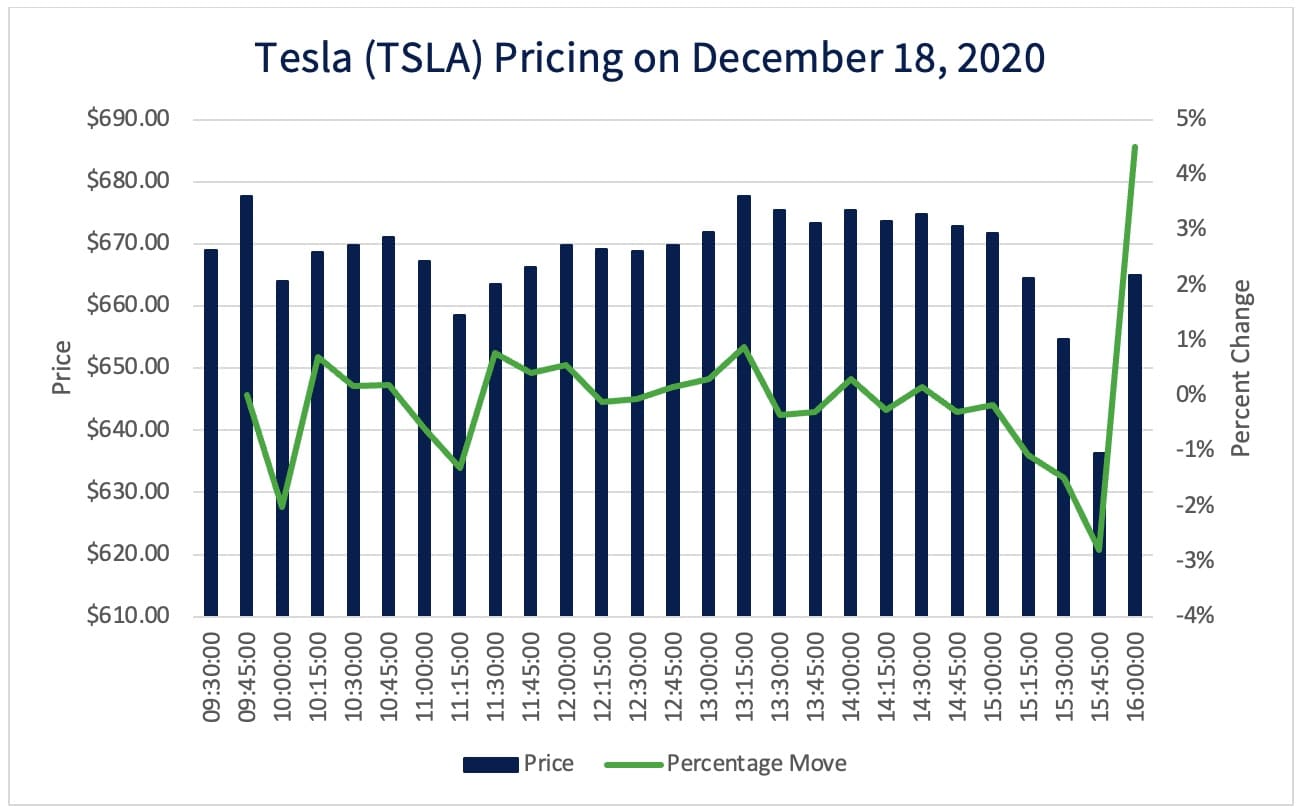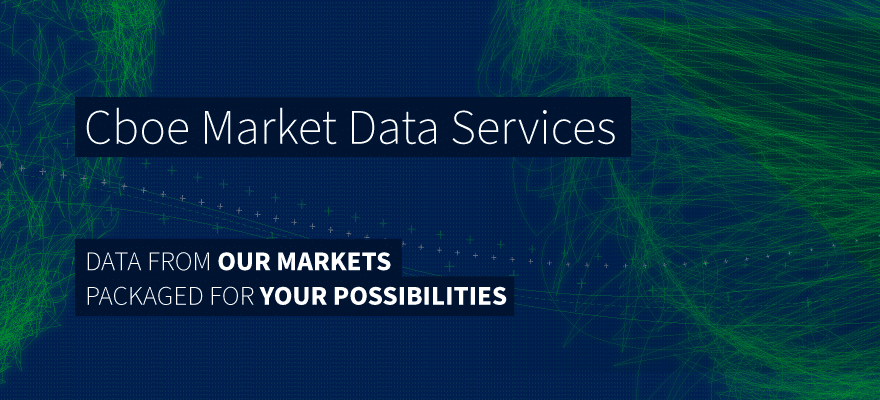Delayed data keeps investors from staying competitive in the market and ultimately may drive them to other resources.
In recent years, market participants have become increasingly reliant on market data, generally using the information for price discovery and market analysis, which helps them make more informed real-time trading and Risk Management decisions in active markets.
How and when they receive that data is crucial to the efficiency and outcome of their trade.
From the end investor’s experience, access to market data has become highly efficient and virtually instantaneous. But how does it work?
Financial data vendors collect equity and ETF pricing data from stock exchange feeds, then package and redistribute the data to end users via data feeds, data platforms, mobile applications, websites and more.
Market data products like the Cboe One Feed provide real-time U.S. equity data for market participants who aim to use data to inform their trading decisions.
Yet some data distributors, especially outside of the U.S., still subscribe to delayed data – a carryover from the limited capacity of ticker tapes in the mid-1900s. Without real-time data, clients get left behind.
Investors tend to check their brokerage accounts more frequently during times of market stress and high Volatility , and access to real-time market data is critical to informing their trading decisions.
Market data that isn’t representative of the current market may cause strain on brokerage support functions and ultimately drive clients to other resources.
Similarly, websites using delayed data to drive traffic or provide analysis may eventually find users looking elsewhere for more timely updates.
Real-time market data is not only crucial during volatile times, it is also necessary for price discovery and best execution, as investors seek to get the best price available via all venues to which they have access.
With only delayed data available, it’s exceptionally difficult for investors to possess accurate real-time quotes and ensure that they are getting the best possible fill.
Fifteen minutes is a long time in an industry where access to information even one second faster can make a substantial difference. Today, with streaming market data available instantaneously, delayed data might as well be historical data.
Understanding Delayed Data’s Pitfalls
Example 1: Tesla
Let’s take a look at the change in pricing for Tesla’s stock (TSLA) during a fairly volatile day in December 2020. During the week of December 14, both the maximum upward and downward 15-minute price moves took place on the same day, on December 18:
- Maximum Downward Price Move: In the 15-minute period between 3:30 p.m. ET and 3:45 p.m. ET, Tesla’s stock price decreased to $636.38 by 2.78%.
- Maximum Upward Price Move: In the 15-minute period between 3:45 p.m. ET and 4:00 p.m. ET, Tesla’s stock price increased to $664.99 by 4.49%.

A participant using 15-minute delayed data may have made a trade at 3:55 p.m., believing the price was near a low for the day, when in reality the stock price had already begun its biggest climb of the day.
Meanwhile, another participant using real-time data would have known at 3:30 p.m. that the price was dipping lower and would have the opportunity to capitalize on that price movement.
Example 2: BlackBerry
Similarly, BlackBerry’s stock (BB) saw big moves within 15-minute increments on January 26. At 12 p.m. ET, BlackBerry’s stock price dropped to $17.27, declining 2.86%. By 12:15 p.m. ET, the stock price had increased by 2.52% to $17.70.
Once again, a participant using 15-minute delayed data may have executed a trade at 12:15 p.m., believing the price was near lows for the day when in fact it had just experienced one of the largest positive percentage changes of the day.

The Benefits of Real-Time Data
Individual investors using delayed data for price discovery are risking the illusion of bad order fills, when the real issue is bad or delayed data.
Because of delayed data, as illustrated in the Tesla example above, retail traders may have their orders filled at prices $8 to $10 higher than the price on which they based their trading decision.
As a result, these investors may look for other platforms for better execution on their trades, when the real issue is the costly delay period.
With real-time streaming market data, market participants see market moves as they happen and can make better-informed trading decisions based on the most up-to-date information.
Cboe helps market participants follow the market in real time with services like Cboe One, which offers accurate, reliable and cost-effective data and produces quotes within 1% of the National Best Bid or Offer (NBBO) more than 98% of the time.
Real-time data helps individual investors ensure they have an accurate view into the markets and stay competitive among their peers.
Cboe’s variety of data products were developed to meet the needs of all data consumers large, small and everything in between. We offer solutions ranging from low-latency top-of-book feeds to full depth-of-book feeds and historical data. Visit Cboe’s website to learn more or email marketdata@cboe.com.
















